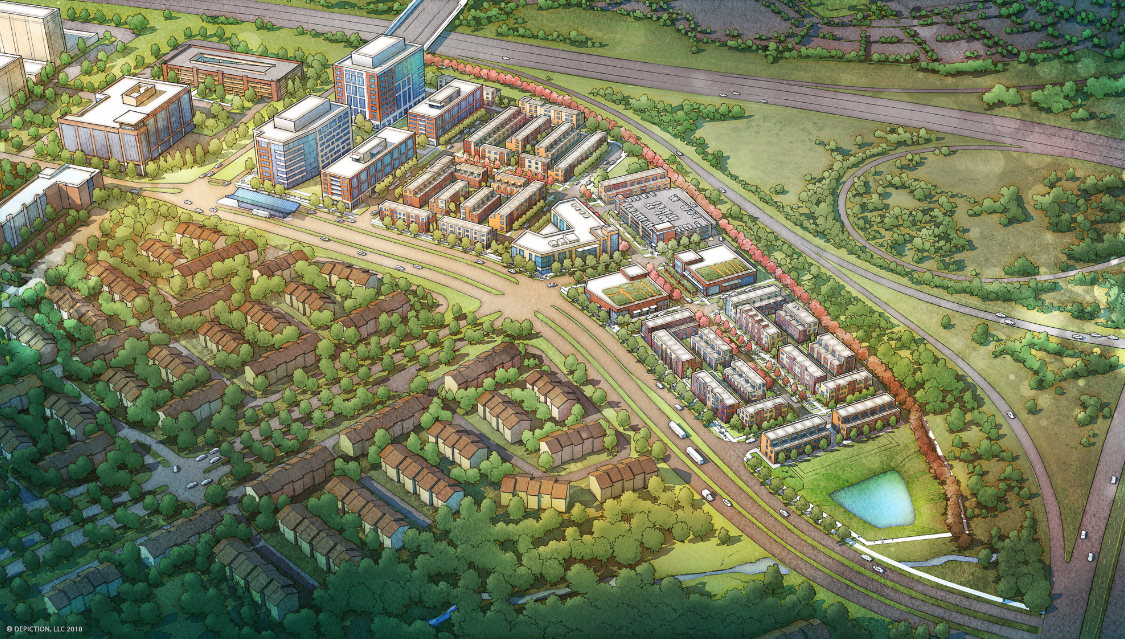Urban design is an intricate dance between functionality, aesthetics, and sustainability. It shapes the spaces where we live, work, and play, influencing our daily lives in profound ways. In this blog, we’ll delve into the world of urban design and uncover the principles and practices that guide the creation of vibrant and livable cities.
Understanding Urban Design
At its core, urban design is about creating environments that enhance the quality of life for residents and visitors alike. It encompasses the layout of streets, buildings, public spaces, and infrastructure, as well as the integration of natural elements and cultural heritage. By carefully planning and designing the built environment, urban designers strive to foster connections, promote well-being, and support sustainable growth.
The Role of Urban Planning in Christchurch
In cities like Christchurch, urban planning plays a crucial role in shaping the urban landscape. Following the devastating earthquakes of 2010 and 2011, Christchurch underwent a significant urban renewal effort, guided by principles of resilience, inclusivity, and sustainability. Through thoughtful urban planning in Christchurch, the city has been able to rebuild and revitalize its downtown core while preserving its unique character and heritage.
Creating Livable Spaces
A key goal of urban design is to create livable spaces that cater to the diverse needs of residents. This involves designing walkable neighbourhoods with easy access to amenities such as parks, schools, shops, and public transportation. By prioritizing pedestrian-friendly streetscapes and mixed-use developments, urban designers can foster a sense of community and belonging while reducing reliance on cars and promoting active lifestyles.
Fostering Sustainability
Sustainability is a central tenet of modern urban design. From green building practices and renewable energy sources to efficient transportation systems and green spaces, sustainable design principles are woven into every aspect of urban planning. By minimizing environmental impact, conserving resources, and mitigating climate change, cities can create a more resilient and equitable future for all.
Embracing Innovation and Technology
Advancements in technology are transforming the field of urban design, opening up new possibilities for innovation and creativity. From smart infrastructure and digital mapping tools to virtual reality simulations and 3D modelling, technology is revolutionizing the way cities are planned, designed, and experienced.
Conclusion
In conclusion, urban design is a multifaceted discipline that lies at the heart of city building. By blending art, science, and social consciousness, urban designers have the power to shape the cities of tomorrow in ways that are both functional and beautiful. As we continue to grapple with the challenges of rapid urbanization, climate change, and social inequality, the principles of urban design will be more important than ever in creating sustainable, resilient, and inclusive communities.

